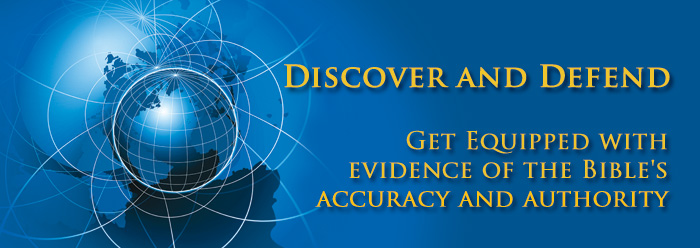Introduction
Philippians
Introduction to Philippians
Like Ephesians and Colossians, Philippians was one of Paul’s “prison epistles” (note Philippians 1:7,13-14,16), though it was probably written some time later than the others. Tychicus carried the Colossian, Ephesian and Philemon epistles to Asia, whereas Philippians was taken to Philippi by Epaphroditus (Philippians 2:25). The prison from which Paul wrote these epistles has been taken by some as being at Ephesus, on the strength of such Scriptures as I Corinthians 15:32 and II Corinthians 1:8-10, even though the accounts of Paul’s several visits to Ephesus and the two years and more which he spent there (e.g., Acts 19:10) make no mention of any imprisonment at Ephesus.
It seems more likely that Paul wrote Philippians during his house arrest at Rome (Acts 28:30). Note the references, for example, to “the palace” and “Caesar’s household” (Philippians 1:13; 4:22).
As is well known, Philippi was the site of Paul’s first missionary activity in Europe. He entered Macedonia through this city, which was an official Roman colony, prosperous because of its location on a key overland trade route between Rome and Asia. The church he established there began with Lydia and certain other women, and shortly afterwards included the Philippian jailer and his family (Acts 16). It soon became the church that gave the Apostle Paul more personal satisfaction than any of the others, and his epistle reflects his deep love for them. Note, for example, Philippians 1:3-8; 4:1,15-19, as well as his testimony concerning them in II Corinthians 8:1-5.
The letter to the Philippians does not reveal any serious problems in the church, in contrast to the problems that had developed in Corinth and Galatia, although there was a certain amount of disharmony that Paul sought to correct before it could develop into something serious (e.g., Philippians 2:2-3; 4:1-3). He also warned them of any potential false teachers from outside, and tried to encourage them in relation to the persecutions which were confronting them (e.g., Philippians 3:2; 1:29).
There are many classic passages in this short epistle, especially the marvelous section on the incarnation and future exaltation of the Lord Jesus Christ (Philippians 2:5-11). One great theme is that of joy, even in suffering. The words “joy” and “rejoicing” occur some seventeen times in its four chapters.
Apparently, few if any have ever questioned the authenticity of Philippians, Paul being universally accepted by liberals and conservatives alike as its author. It is probably the most personal of all his church epistles. He does not mention his office as an apostle in his salutation, as he had done in all his other church epistles except those to Thessalonica. It is only in Philippians that he greets “the bishops and deacons” of the church (Philippians 1:1). The entire letter reflects close friendship and affection for the church, some ten years after its founding.
Finally, it is interesting to note that the “marketplace” (or agora) where Paul and Silas were judged by the Philippian “magistrates” (Acts 16:19-20), has been excavated by archaeologists. Also the small stream where Paul first met Lydia and her friends has been identified.




